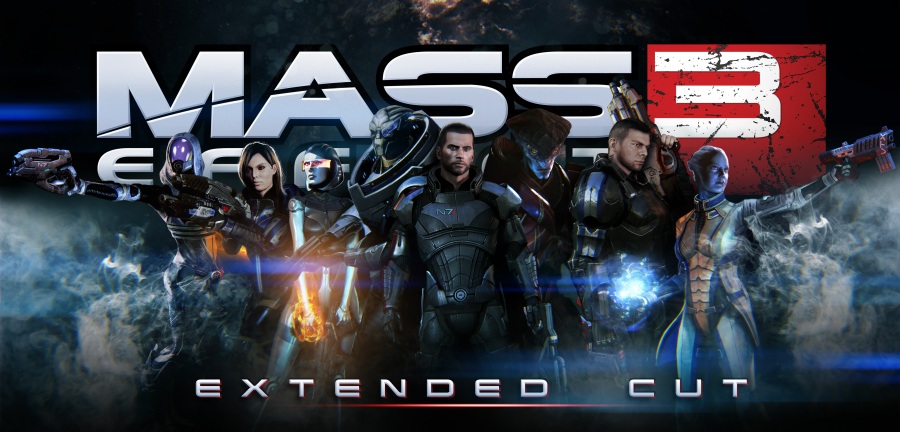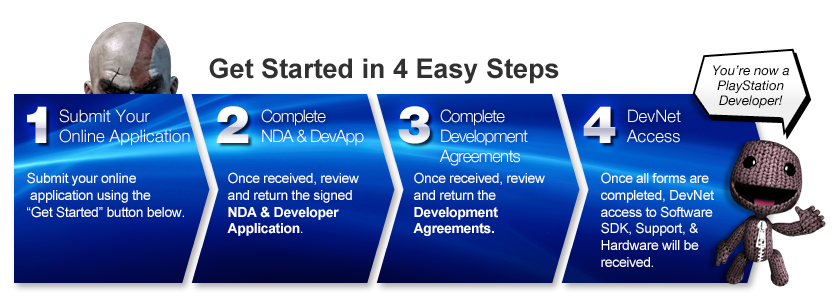This post has not been edited by the GamesBeat staff. Opinions by GamesBeat community writers do not necessarily reflect those of the staff.
There has been a recent trend within gaming that has altered the business model for the industry as a whole. As technology and communication develops and becomes more streamlined; digital distribution is becoming an integral part in the gaming industry. Downloadable content, consistent patching, and the desire to bridge the gap between consumer and developer has shown that the gaming industry has an insatiable need to cater to consumers. With the rise of digital distribution, developers continue working on their product even past the release date. In the past, games would release as the final stand-alone product. Now developers keep in contact with consumers; taking feedback and even developing patches for their product. Now when games are released, it can take over several months for a game to reach the final product. In addition to general patches and bug fixes, game developers have moved into the realm of adding additional content for their product. The additional content can take on forms of altering the narrative, adding additional modes, or elements of gameplay – downloadable content has been a regular form of distribution for years.
Mass Effect 3 – though highly regarded for its branching space opera narrative and gameplay – was criticized for making the choices that players have made over the course of the trilogy to be inconsequential. Consumers noted several plot holes and inconsistencies within the narrative. Shortly after the release, consumers and fans of the Mass Effect series organized a petition called “Retake Mass Effect” that raised over $80,000. The uproar over the original ending of Mass Effect 3 led to developer Bioware issuing a public apology and promised to deliver downloadable content called “The Extended Cut” to further elaborate on the ending of the trilogy. More recently, developer Naughty Dog released downloadable content for The Last of Us on February 14, 2014. With over 40 awards – many of them including the highly touted “Game of the Year” award – Naughty Dog promised to deliver an optional single-player campaign titled “Left Behind” to further develop the backstory of one of the main protagonists. Developer Irrational Games expands upon the Bioshock universe by releasing Bioshock: Burial at Sea as a two part downloadable content that follows the same characters before the fall of Rapture in the first two iterations. Even Nintendo released New Luigi U as both a standalone title and downloadable content for New Super Mario Bros U.
With digital distribution becoming a regular thing within the industry, it allows for developers to extend the playtime for the consumer. Elements of the narrative that were once left on the cutting room floor are now options for the developer to extend upon the final product. Games that emphasize multiplayer and interaction within the community are heavily supported post-launch in the form of multiplayer maps, weapons, characters, and game modes. Since developers are typically on tight release and development schedules, oftentimes these developers will wait for consumer and critic feedback to further develop on the same game.
When it comes to the business model of the gaming industry, video game publishers have to factor in the costs of production and distribution in addition to development. Though it may seem that the cost of distribution is insignificant, the publishers still have to account for producing and shipping the discs all across the country – and sometimes the globe. These implicit costs are virtually unknown to the common consumer, and through the eyes of the publisher, these are costs that can be discounted through the usage of digital distribution.
Steam, which is developed by Valve Software, is a client where consumers can purchase over 2,000 games. With almost 5 million people using the client, PC gaming has benefitted greatly from the Steam client. Rather than releasing games to retail stores, developers release their product through Steam where consumers can download the game directly from the client and be ready to play within a few hours depending on their internet connection. With the rise of digital distribution, users of the Steam client can “pre-load” their game a few days prior to release so they can be ready to play as soon as midnight of the release date. In the past, consumers would have to wait until the stores open or pray for a midnight launch to get their hands on the new product. Steam is the most widely preferred client for PC gaming for reasons other than convenience. More often than not, games released through Steam will eventually be on sale through the “Steam Sales” – seasonal periods where the distributor cuts the price on digital content.
Steam has also been trying to stir the proverbial pot for indie game developers as well. The implementation of the “Steam Greenlight” program is a sort of crowdfunding source similar to Kickstarter where indie developers submit their pitch to Steam and have the community and users pick which game they want to see added to the Steam client. With Steam Greenlight and Kickstarter being major platforms for independent developers, developing and distributing a game has never been easier.
Programs like these extend past the PC realm and into console gaming. Sony has stated their desire for indie developers to publish on their platforms. During their E3 conference in 2013, Sony explicitly stated that Indie developers are encouraged to develop for Sony platforms. According to their website, developers can start developing in four steps. After filling out required forms and paperwork, developers will receive the necessary development tools in order to publish on Sony platforms.
In the summer of 2013, Microsoft tried to adopt the Steam model and attempted to rebrand the Xbox as a hub of digital distribution. Microsoft’s explanation of why digital distribution is the future and how it will benefit the consumer was met with lukewarm reception. Consumers were confused as to why the Xbox One needed a consistent Internet connection and had a restricted DRM (digital rights management). Microsoft explained that consumers have to allow their Xbox Ones to be constantly connected to the Internet as a sort of authentication – even for offline games. Games purchased (regardless of being a physical disc or a digital copy) are tied to their individual Xbox Live accounts through DRM and through this constant connection; game access would be limited without an Internet connection. To counter this, Microsoft also promised the idea of “Family Sharing” where a consumer would allow access to a game up to ten different people once at a time. In addition to this, consumers could “trade” a game to another account for at least thirty days to an indefinite amount of time – but only once. In doing so, second-hand retail stores such as GameStop would not be able to buy and sell used Xbox One games since each disc came with a code to authenticate to an individual account. Consumers threw up their hands in a fit and criticized the implementation, citing these as restrictions for consumers. Shortly after Microsoft’s E3 press release in early June 2013, Microsoft pulled back these features.
In 2012, Sony purchased Gaikai for $380 million dollars. Gaikai is a streaming service that allowed larger games to bypass the limitations of hardware to stream high-production games such as Dead Space 2 to run on basic web clients such as Flash and Java. After Sony’s acquisition of Gaikai, Sony then rebranded the service as PlayStation Now and is currently attempting to bring video game streaming services into the mainstream market. PlayStation Now is a service that Sony has teased back in January of this year. The service aims to allow streaming of PlayStation games across multiple platforms, including mobile phones. Rather than downloading a game in its entirety, the service allows for consumers to stream games such as The Last of Us to their console or mobile device of choice. Games are on a rent or own basis, but the catch is that Sony states that a required Internet speed of 5 mbps is recommended to optimally stream.
Digital distribution affords convenience for both the developer and the consumer. With our Internet infrastructure being the way it is, it is hard to tell whether or not digital distribution will be the main form of consuming entertainment. Video streaming services such as Hulu and Netflix flood the market to allow an unlimited consumption of video for a monthly fee. Netflix even spawned a few original television series such as House of Cards and Orange is the New Black as incentives for being regular subscribers. The music industry regularly releases albums at midnight and sometimes allows streaming of their album days before actual release. Internet speeds are only going to get faster from here on out, which will allow for consumers to digest entertainment at alarmingly convenient rates. The gaming industry is slightly different in that games are typically larger than films and music albums in terms of data size (save for Indie titles). Though the gaming industry has a clear understanding of the infrastructure, we are still at a period in time where Internet access and speed are still limited. In many areas of the United States, there are still ISP’s that limit Internet access through bandwidth caps. If a consumer exceeds their download limit quota, then their Internet access is slowed down to a halt. If consumers wanted to go all-digital, they would still have to deal with their ISP’s. Microsoft envisioned an all-digital future for interactive media and was shot down as soon as it was pitched to consumers. Consumers still have the option of purchasing a game and playing it without having to leave their couch.




